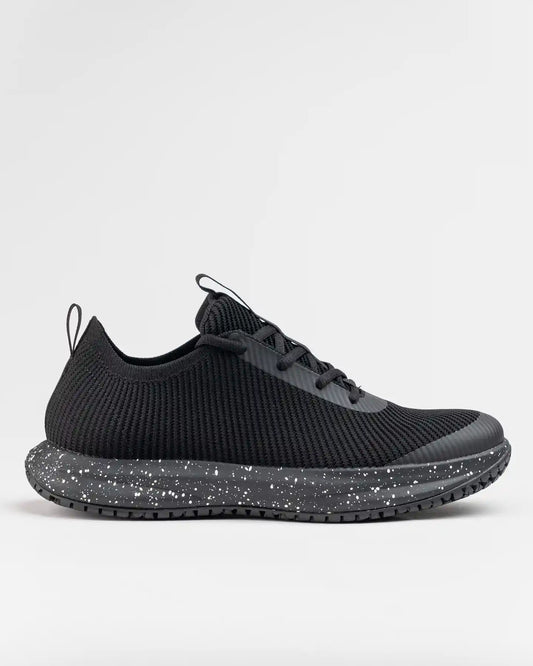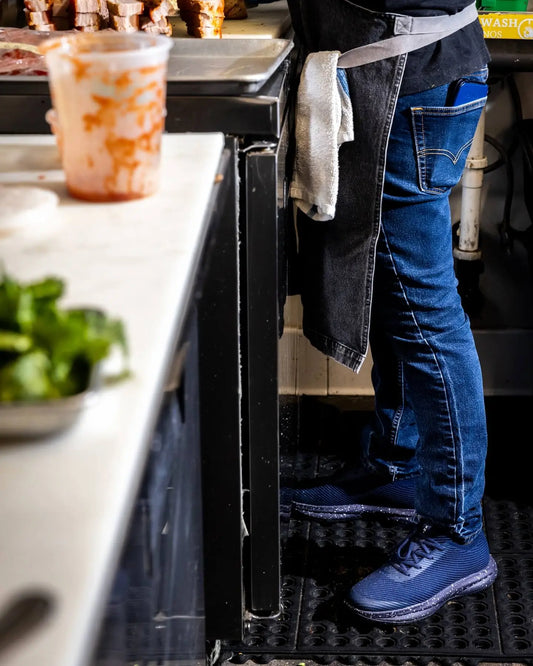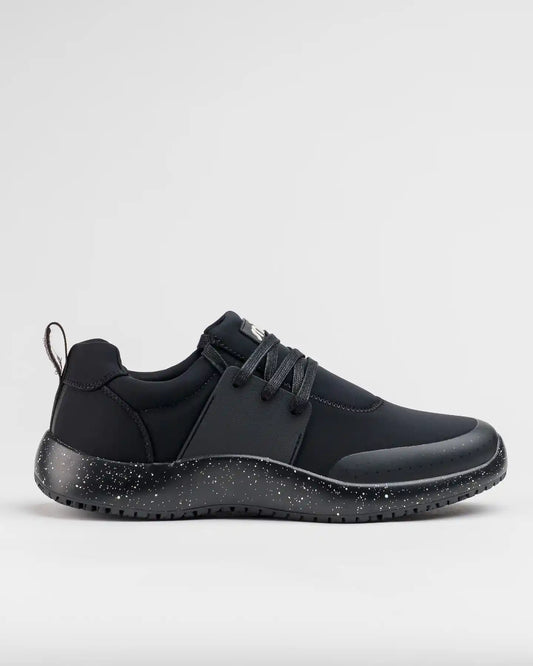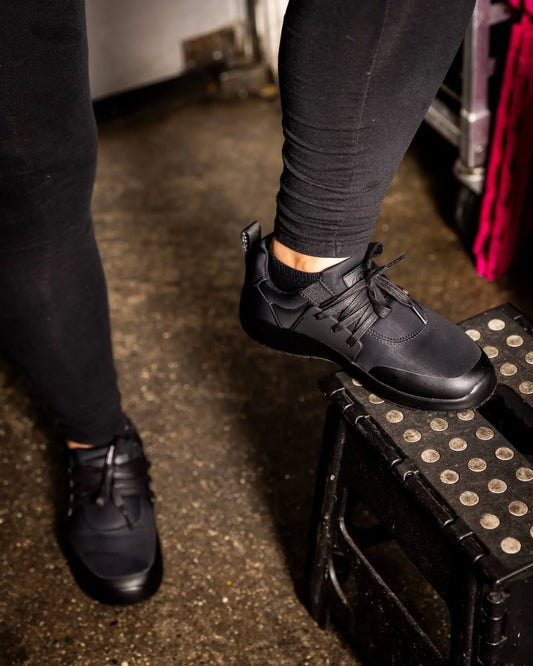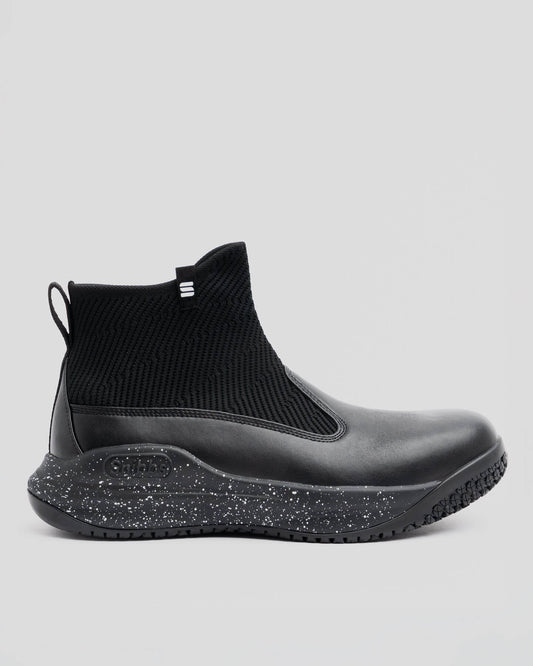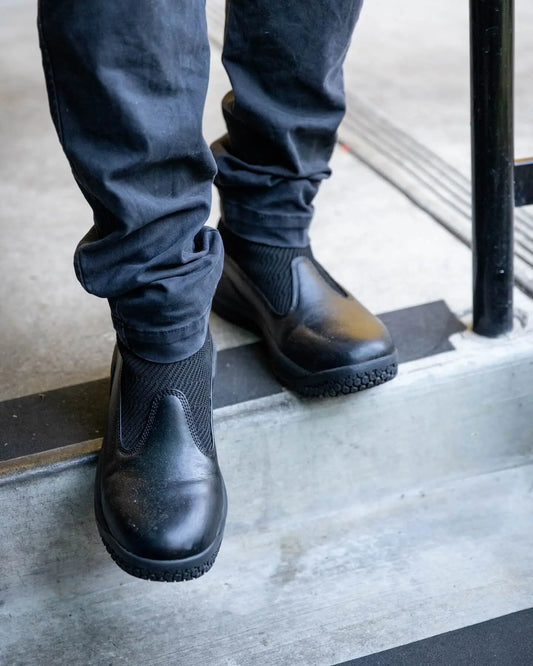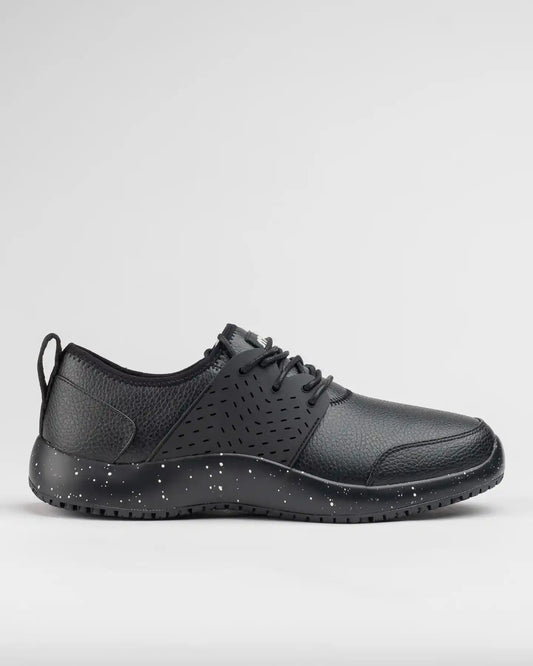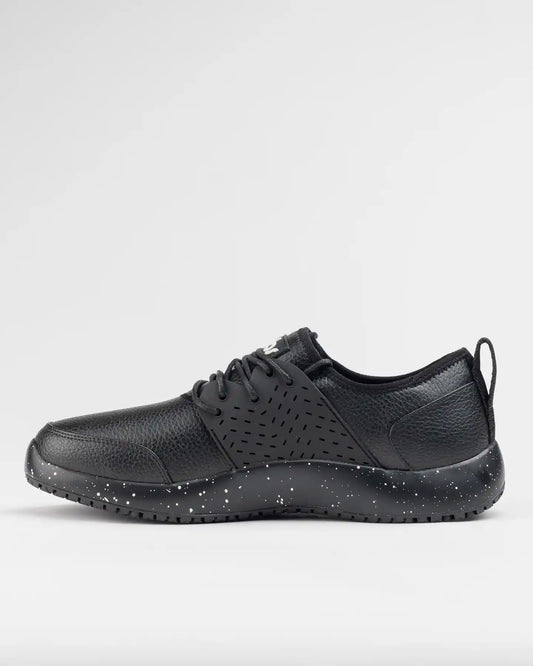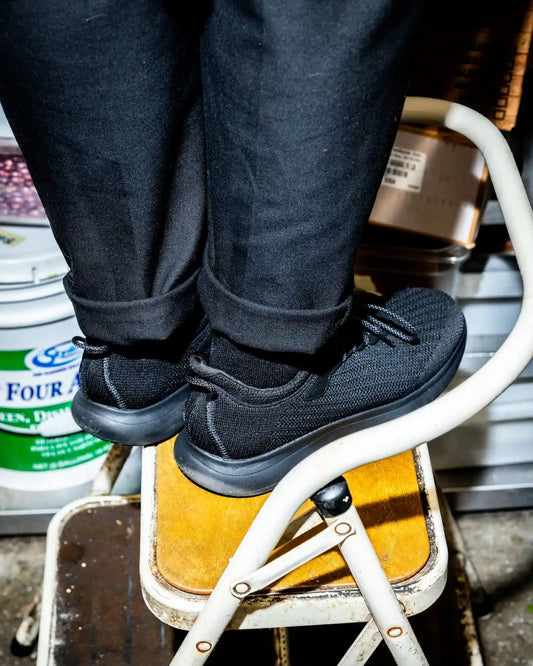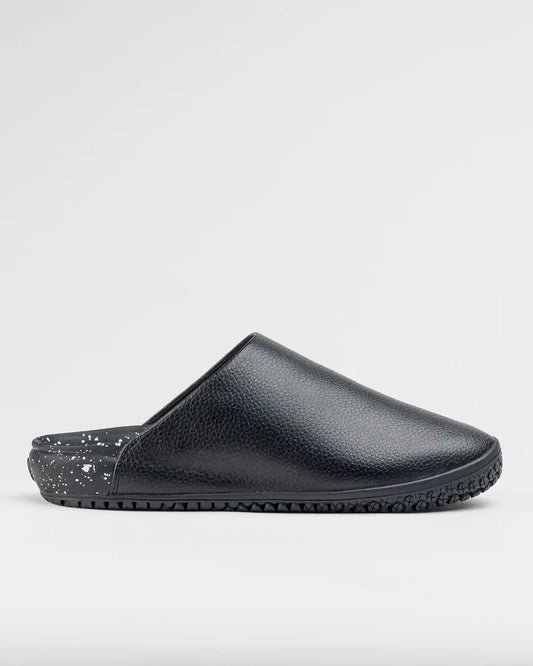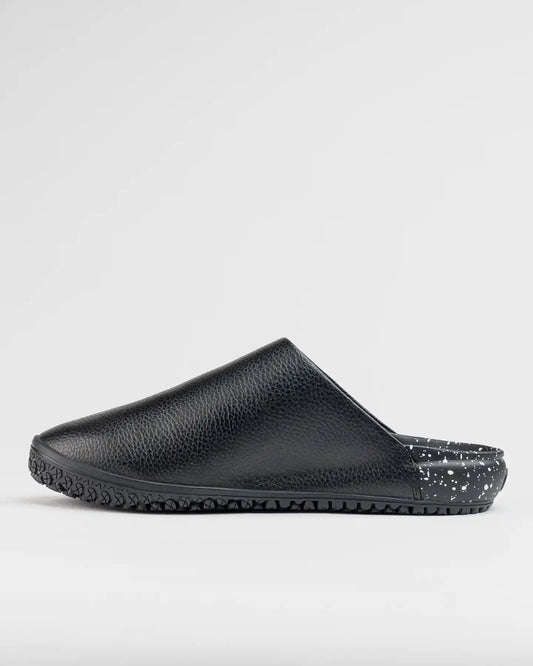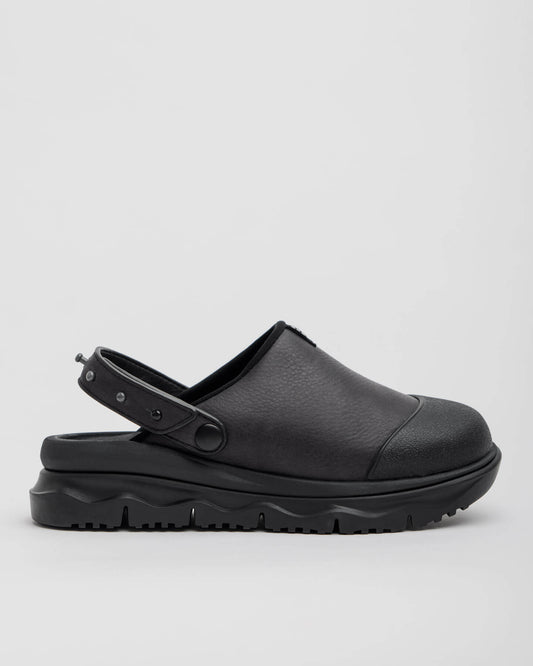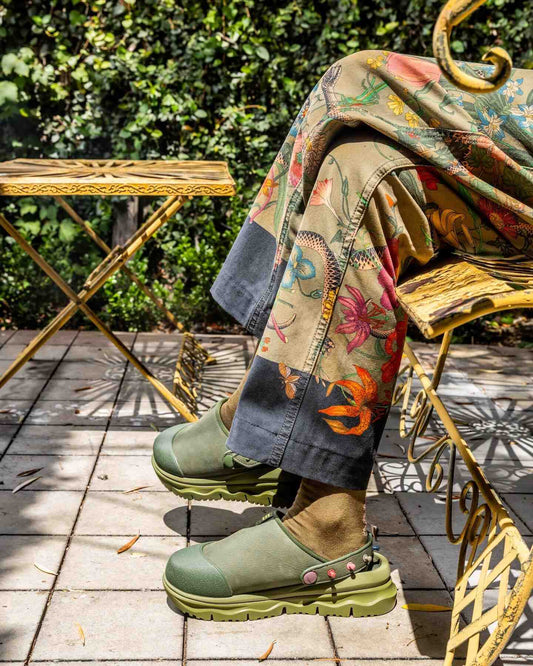What's the Leading Cause of Injury in Healthcare Professionals?
Alex Kinejara
It may not surprise you that healthcare worker injuries and illnesses rose a whopping 249% during the COVID-19 pandemic, but did you know healthcare facilities were already among the most dangerous work environments?1
So what is the most common and leading cause of injury for health professionals?
From the types of repetitive work to dealing with violent interactions, healthcare professionals face many hazards on a daily basis. In terms of days away from work, the leading cause of injury is overexertion.2
While many dangers can be limited by administrative policy and facility safeguards, there are some steps that you can take as a healthcare professional to prevent injuries, such as wearing the right type of medical shoe.
What Are the Most Common Injuries for Healthcare Workers?
While data on healthcare workplace risks can be evaluated based on the severity of the injury, less severe injuries can add up over time to many lost workdays and soreness or weakness that may accumulate over time.
What seems like a minor inconvenience can lead to cumulative musculoskeletal damage that impacts both work and home life for years. Ensuring you take proper recovery time and practices is critical, and using preventative care to avoid those minor (and not-so-minor) bruises and strains is even better.
Here are some of the most common workplace injuries for a health professional and how they can be prevented:
1. Overexertion and Repetitive Motion Sprains and Strains
The leading cause of injury for health professionals is overexertion or physical strains from patient handling or other lifting, bending, or reaching motions.2 This causes almost half of the injuries that result in missed workdays, including nurse back pain and overexhaustion.
You can help prevent these by:
- Using proper lifting techniques, including asking for help
- Wearing shoes with deep heel cups and grip to support stability, balance, and alignment
- Moving mindfully and with care outside of emergencies
At an administrative level, following an OSHA-approved safe patient handling program, including staff policies and installing related equipment, is key to minimizing staff sprains and strains.
2. Slips, Trips, and Falls (STF)
The second leading cause of injury for healthcare professionals—resulting in 25% of lost workdays—is slips, trips, and falls.2 Health workers are on their feet and on the move in environments with frequent spills, on multiple changing surfaces, and periodically dealing with unsteady or violent patients. Preventing slips, trips, and falls in healthcare work settings requires everyone's efforts.
Lessening STF injuries requires:
- A speedy, high-priority spill clean-up policy
- Staff wearing non-slip shoes with deep treads for increased traction
- Maintenance, cleaning, and upkeep of all walking surfaces and thresholds
- Proper facility design and response to address wet weather
Thankfully, the risk of STF injuries can be greatly reduced with a simple precautionary measure, one that’s user-friendly and requires minimal training—a pair of slip-resistant shoes.
A recent study of the National Health Service in Great Britain found that introducing slip resistant footwear to medical staff reduced slips by 37% and the rate of falls by 49%.3
With a trusty pair of high quality, slip-resistant shoes (like those produced by Snibbs), healthcare professionals can focus on their vital work instead of watching out for STFs.
3. Needle Sticks
If you have a sewing or embroidery hobby, you know that getting a needle prick is an irritating but unavoidable part of the fun. Needle sticks in healthcare facilities, however, come with much more danger than a simple, minor pain.
Health professionals can end up with needle sticks when:
- Administering injections
- Collecting blood
- Handling improperly disposed of needles
- Working with combative patients
Needles that break healthcare workers’ skin may expose them to:
- Bloodborne diseases
- Other types of bloodborne pathogens
- Unintended narcotics or other medications
4. Patient and Visitor Violence
Accidents can happen even in calm situations where everyone in the room is working together. But when you add combative or unpredictable people to the environment, the risk of injury skyrockets. Nurses and other healthcare professionals routinely deal with:
- Patients in distress and pain based on their condition or injury
- Agitated and confused patients with memory or cognitive loss
- Patients with mood or mental disorders
- Individuals involved in criminal acts that require medical attention
- Patients who are on addictive drugs such as heroin and opioids
- Family members and visitors who are agitated, despondent, or angry
If you’re helping an injured patient, it may require close proximity to someone who is not restrained and whose behavior cannot be predicted. On top of that, with a “do no harm” ethic and a history of encountering unstable patients, a healthcare professional may act instinctually to protect the patient even at the cost of their own safety. Violence prevention efforts in such scenarios are extremely important for medical professionals and patient safety.
5. Additional Hazards
You need to be aware of the most common hazards to your role and your specific facility. Working in an emergency room, a hospice, or a lab all have unique dangers. Some of these include:
- Exposure to toxic substances, chemicals, or contaminants
- Cuts and punctures from surgical and medical tools
- Stress and fear of high-risk patients and workplace dangers
- Exposure to infectious diseases
- Respiratory hazards
- Exposure to x-rays and radioactive material
- Waste anesthetic gas exposure
- Laser hazards
Lead the Way in Preventing Healthcare Workplace Injuries with Snibbs
Injury prevention programs and efforts may not always be put in place. Knowledge is the first step to understanding how you can reduce your own risk of injury as a healthcare and medical professional. Taking care of yourself means staying aware, following policies and procedures designed to keep you in good health, and using safety equipment, including proper footgear.
The right shoes can help you stay agile, comfortable, and on your feet. Snibbs slip resistant work shoes are designed for and by healthcare professionals. We lead the industry in high-performance, non-slip shoes that provide slip-resistant rubber outsoles, deep treads, a firm heel grip, and deep heel cups.
Whether you're looking for comfortable shoes for doctors, nurses, or anyone in the healthcare industry, take a look at our footwear today—including the new all-black Eclipse sneakers—and invest in your workplace comfort and safety.
Sources:
- Healthcare Finance. OSHA asks healthcare employers to reduce worker injuries. https://www.healthcarefinancenews.com/news/osha-asks-healthcare-employers-reduce-worker-injuries
- OSHA. Worker Safety in Your Hospital: Know the Facts. https://www.osha.gov/sites/default/files/1.1_Data_highlights_508.pdf
- NCBI. Slip-resistant footwear reduces slips among National Health Service workers in England: a randomised controlled trial. https://www.ncbi.nlm.nih.gov/pmc/articles/PMC8223622/

